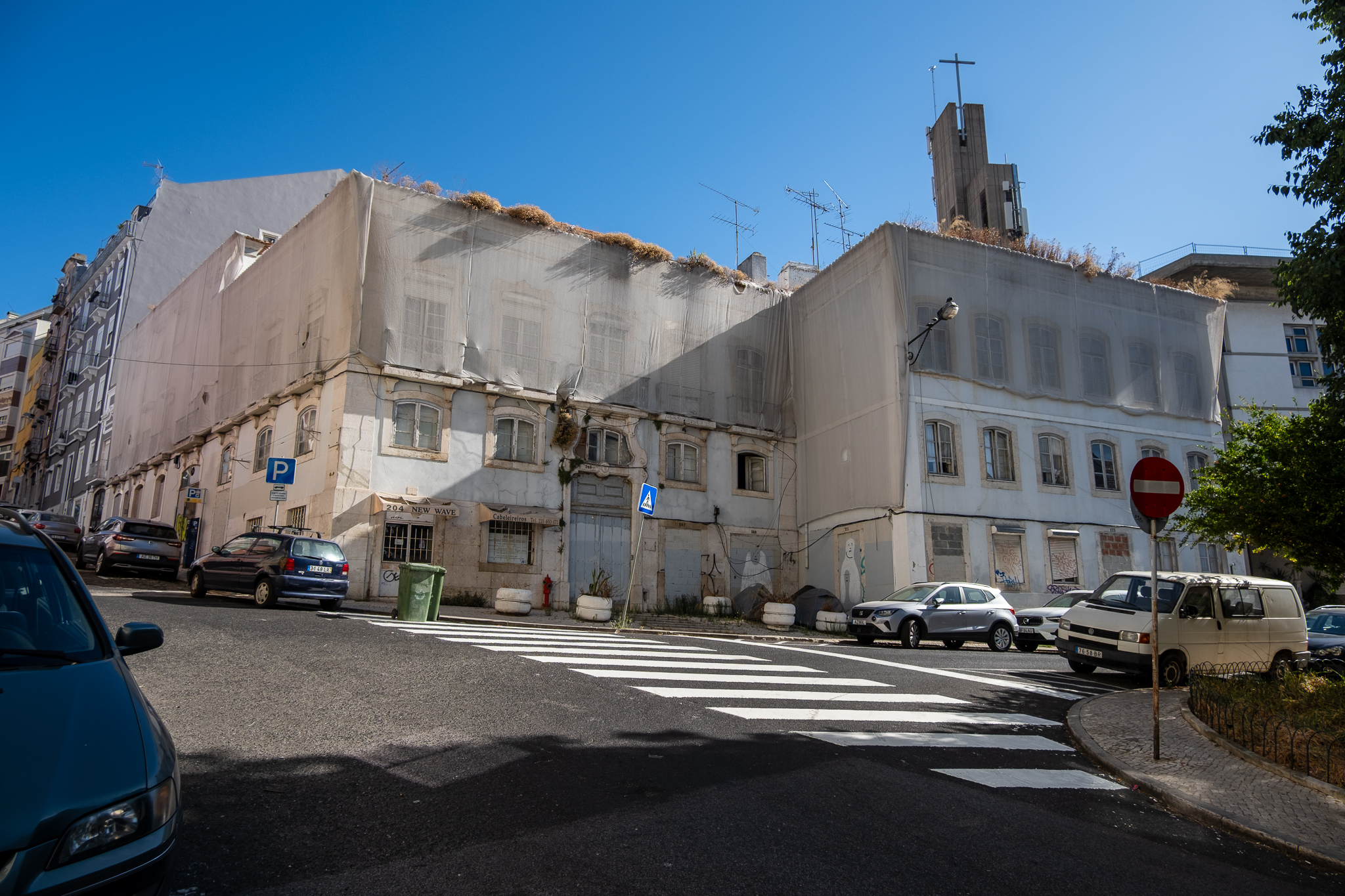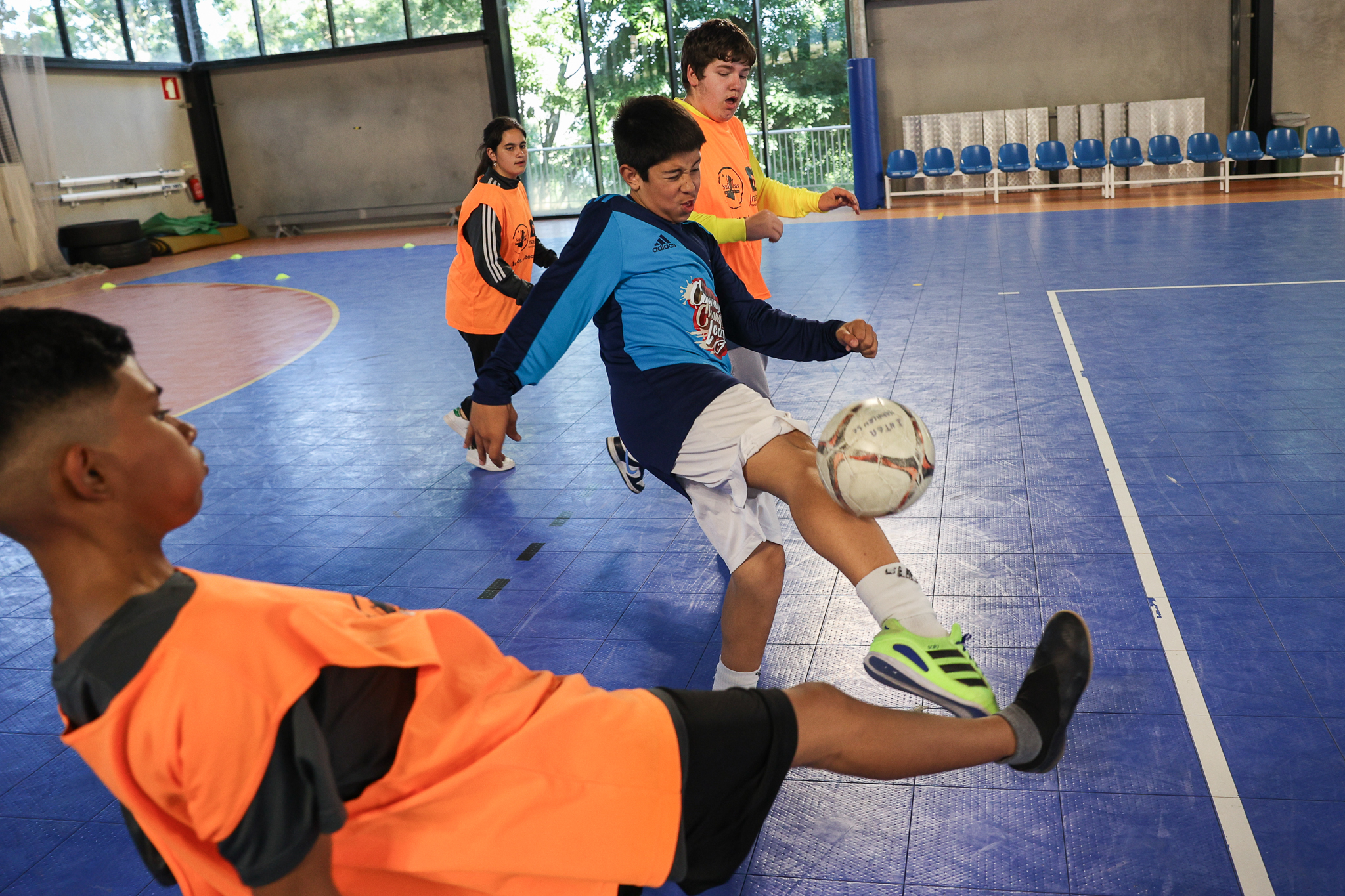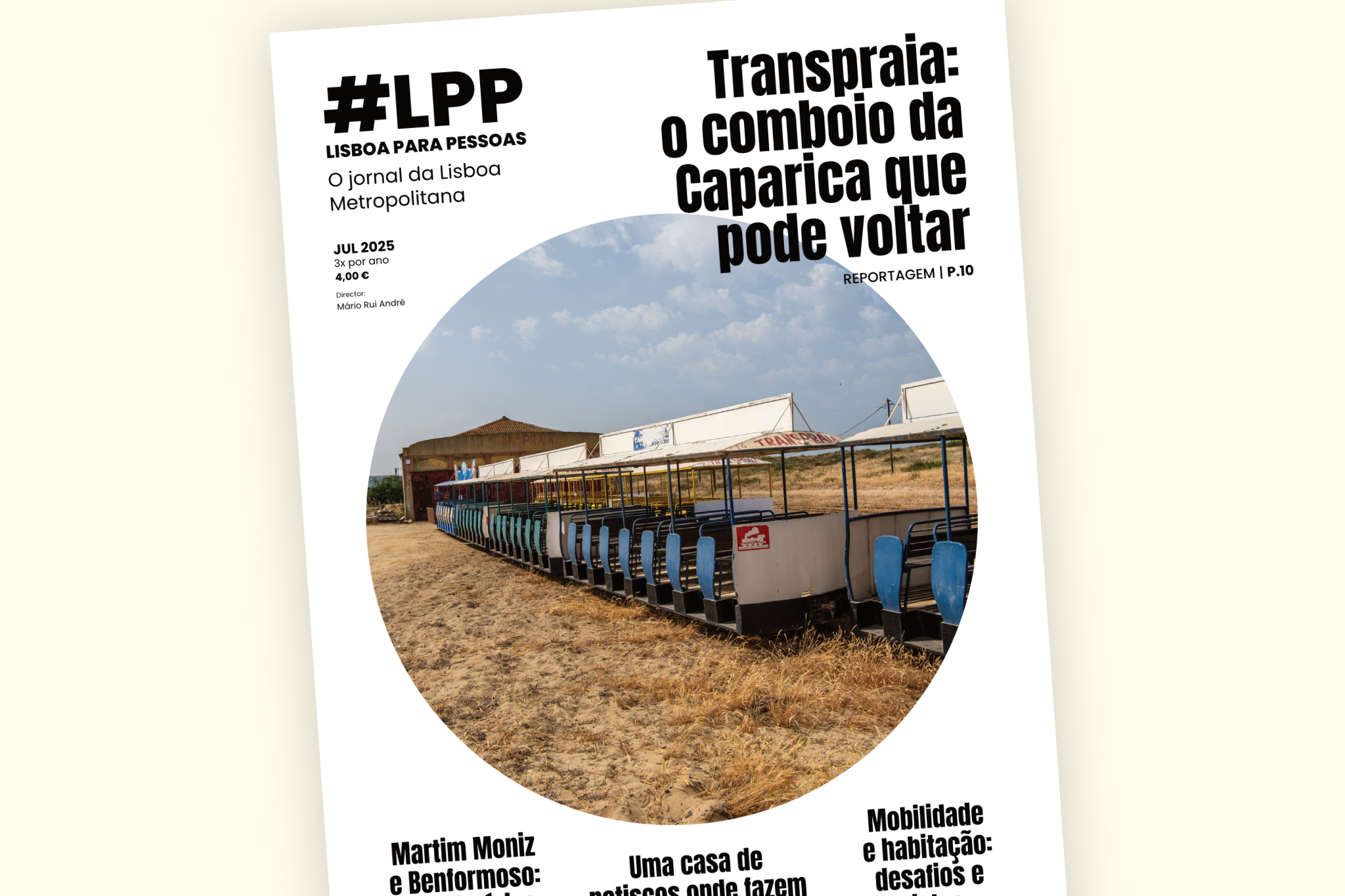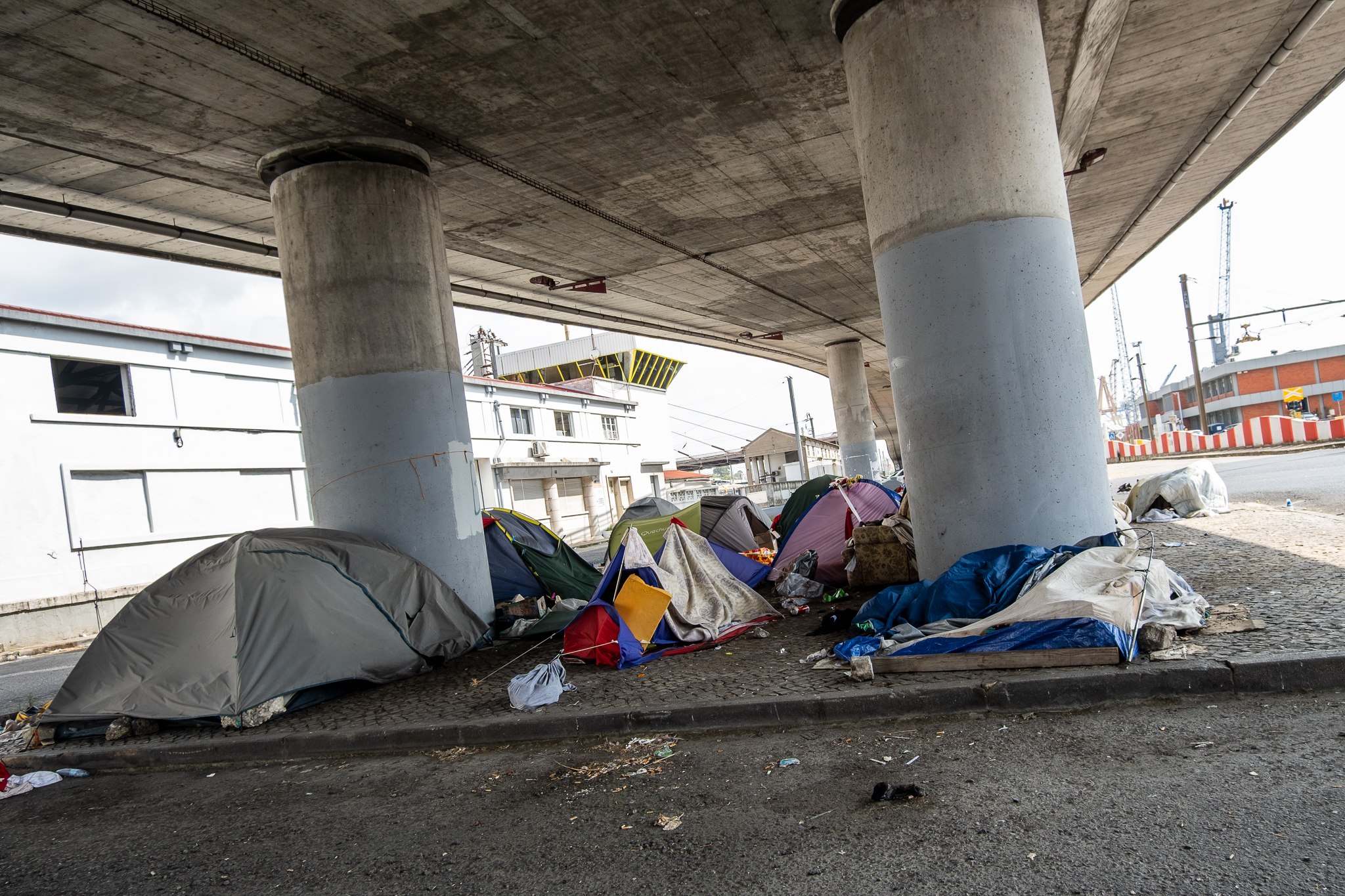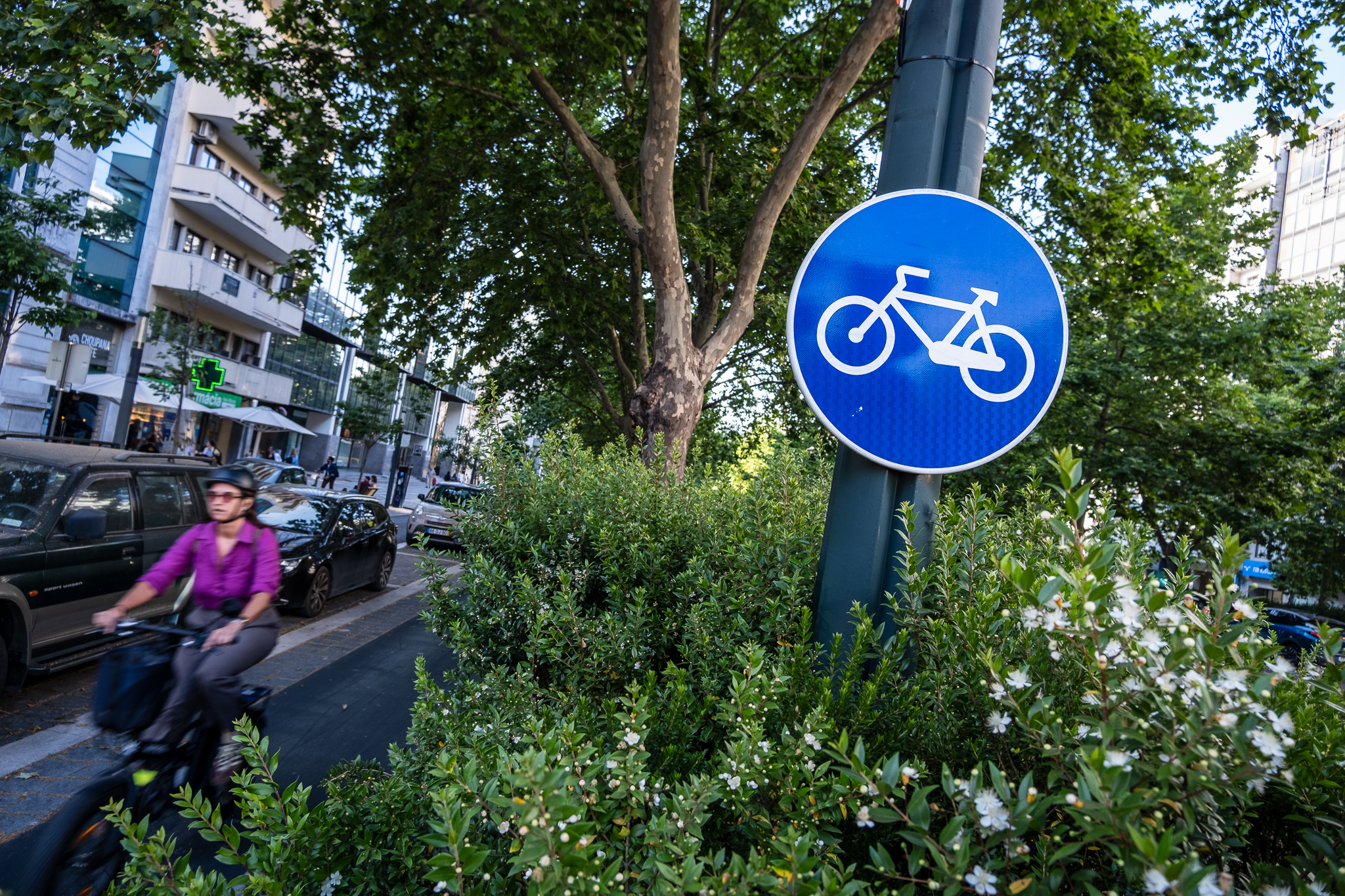Opinion.
There are no magic solutions for implementing the "proximity revolution", nor is it done by decree. But there are combinations of short and medium-term measures that can be tried.
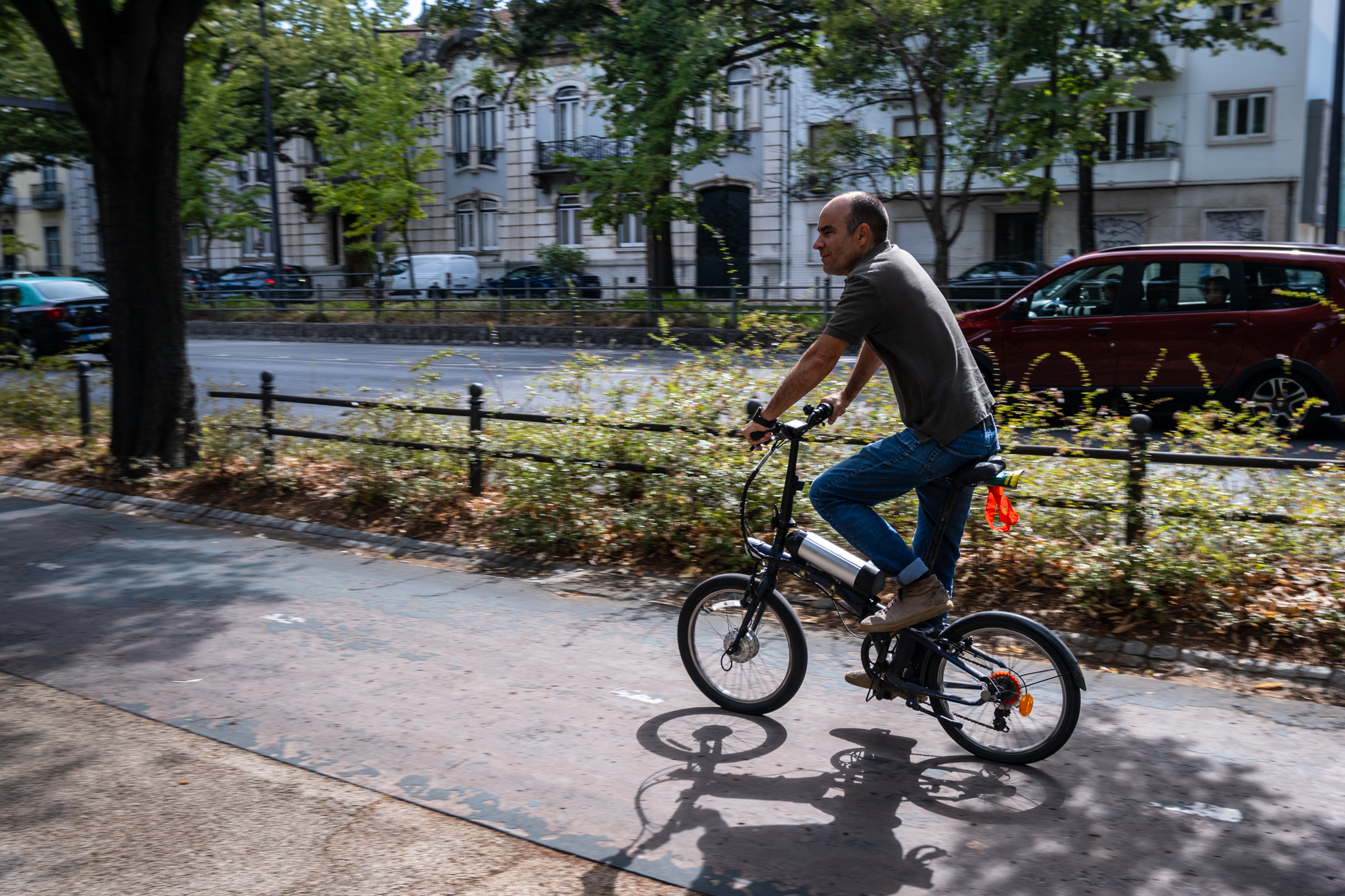
The word Proximity is the new zeitgeist of contemporary urbanism, the spirit of the times in which we live. It's understandable, change is urgently needed in our cities, for several reasons. For environmentalto reduce travel by individual transport (which consumes fossil energy and emits CO2) and thereby improve air quality and reduce road accidents; but also by social and economic reasonsto activate solidarity and neighborhood networks, generate short-circuit production and consumption that boosts the local economy.
However, words can be misunderstood. Proximity is one of them. If we look at its geographical significance, proximity is the quality of what is close, what is neighboring or close by. But being close is not synonymous with being connected, as João Ferrão warned at an event a while ago. Houses that bring neighbors together don't always have open windows or doors, they may even have their backs turned. Neighborhood schools put up walls so that children don't use the playgrounds at the weekend. Vacant stores are desperate for years of urban life in places where there is a shortage of spaces to house community support services. There are residents of a building who have never exchanged a good morning, let alone a packet of sugar.
What's more, for many, proximity is an unattainable good. Work is more than an hour away and everyday services, from transport to education, health, culture and sport, are scarce and difficult to access and enjoy. For others, the diffuse geography does not fit into predefined models of the canonical city.
Even so, proximity, understood in its different degrees and intensities, taking the form of a spirit of neighborliness, solidarity and collective care or a sense of belonging, as Ezio Manzini has warned, can be a common design, a challenge for the future to better organize the scattered lives that the different crises (financial, pandemic or climate) have scrambled.
However, this narrative of proximity has several risks: focusing its action on central areas where there is critical mass; being done quickly, leaving many out; being understood by an elite; not being easy to apply in peripheral neighborhoods, either because of the context (distance) or the fragility of the conditions.
There are some signs that the pace of the "proximity revolution" that Carlos Moreno advocates may be moving too quickly or without proper explanation and citizen involvement. The electoral changes in cities that were leading this bet (Barcelonafor example) and the appearance of denialist movements opposing the 15-minute city because they consider it to be an imposition and a measure of social control, are two pieces of information that, however absurd they may seem, must be understood.
So there are no magic solutions for implementing the "proximity revolution", nor is it done by decree. But there are combinations of short and medium-term measures that can be tried.
In Portugal, it would be interesting to create a program of short-term actions that illustrate the benefits of the possible results of this change. For example, having schools open at weekends to function as neighborhood social centers; mapping vacant spaces and supporting the creation of new productive activities; mapping the green areas available for collective gardening. Lisbon City Council, for example, dedicated the Citizens Council on this subject and is testing the application of Barcelona's superblocks concept in the Campo de Ourique neighborhood.
Another positive measure would be one aimed at rethinking proximity work, something between working in the place of the institution and teleworking. In Milan, there is a policy that promotes "nearby work", the retrofitting of buildings in outlying areas that support the relocation of workplaces other than at home, preventing the mixing of family and professional life and avoiding commuting on certain days of the week.
A pedagogy on proximity is essential. And then it would make sense to create proximity mediators. Municipal teams would be useful to work at parish or neighborhood level and advise residents and local actors on how they could benefit from this "city of proximity" model. For example, by helping to experiment with new forms of mobility (active or public transport), the Urban Mobility BuddyThis included providing advice on local consumption (prices and alternatives), activating public spaces or the use of public facilities out of hours, and meeting with employers about alternative working models that avoided commuting.
Finally, a strategy for proximity, a road map urban policy for its implementation, with milestones, monitoring and communication of the results.

